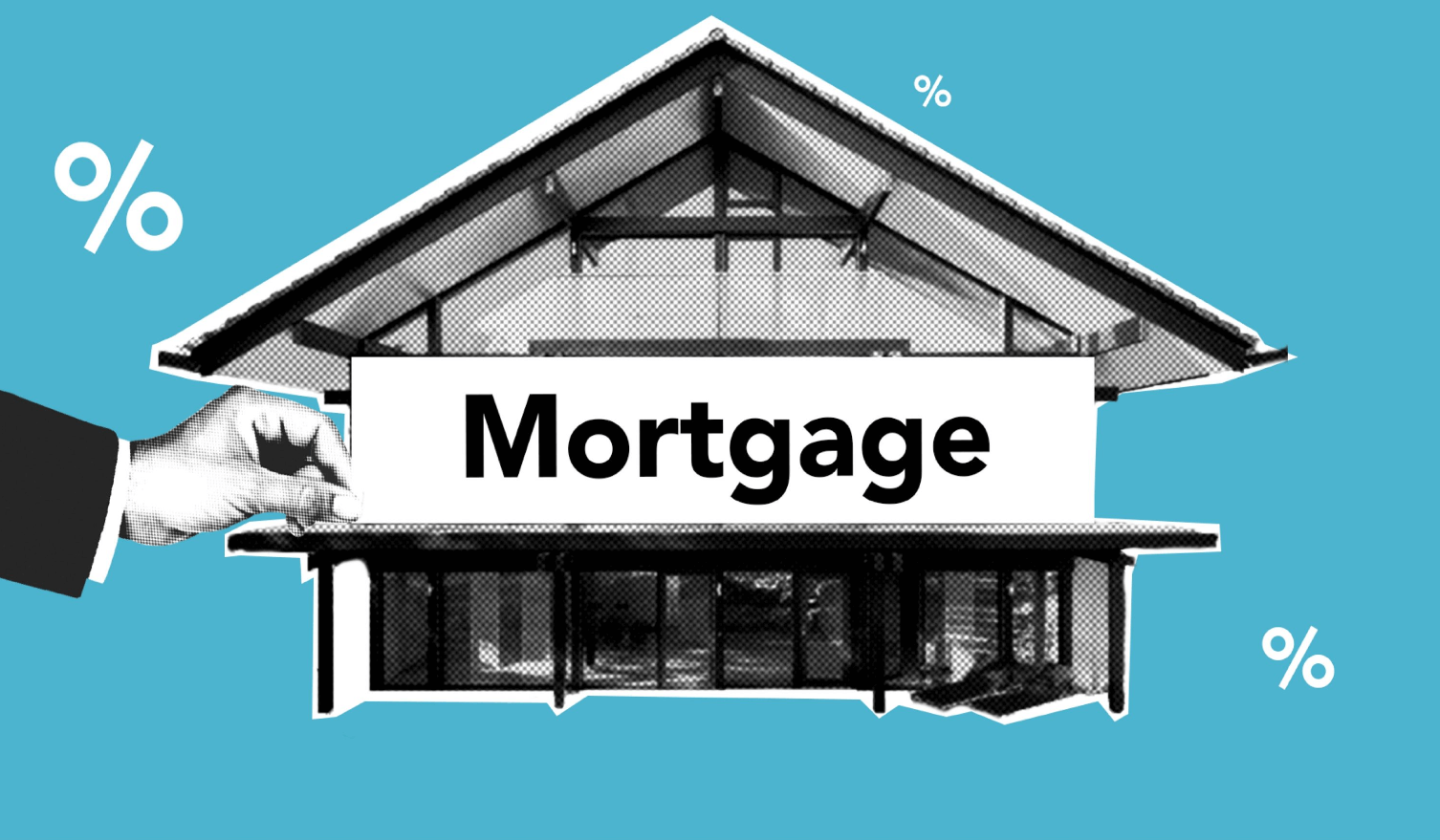When you cosign a car loan, you take on the responsibility of paying off the loan if the primary borrower fails to do so. While cosigning can help someone secure financing, it also comes with risks. If you find yourself wanting to get off a cosigned car loan, it’s important to understand the process and take the necessary steps. In this article, we will guide you through the process of how to get off a cosigned car loan, ensuring a smooth transition and financial security.
Table of Contents
- Understanding Cosigned Car Loans
- Reasons for Wanting to Get Off a Cosigned Car Loan
- Review the Loan Agreement
- Explore Refinancing Options
- Negotiate with the Primary Borrower
- Pay Off the Loan
- Seek Legal Advice
- Monitor Your Credit
- Consider Future Cosigning Carefully
- Conclusion
- FAQs (Frequently Asked Questions)
Understanding Cosigned Car Loans
A cosigned car loan involves two individuals: the primary borrower and the cosigner. The cosigner’s role is to provide additional assurance to the lender that the loan will be repaid. Cosigning can be beneficial for someone with limited credit history or a lower credit score, as it increases their chances of obtaining a loan with favorable terms.
Reasons for Wanting to How to Get Off a Cosigned Car Loan
There are several reasons why you might want to remove yourself as a cosigner from a car loan. Perhaps the primary borrower has improved their credit and can refinance the loan on their own, or you no longer wish to be financially responsible for the loan. Whatever the reason may be, it’s essential to follow the correct steps to protect your interests.
Review the Loan Agreement
The first step is to carefully review the original loan agreement. Understand the terms and conditions, including any clauses regarding cosigner release. Some loans have a predetermined time frame or specific criteria that must be met before a cosigner can be removed.
Explore Refinancing Options
Encourage the primary borrower to explore refinancing options. If their creditworthiness has improved since taking out the loan, they may be able to qualify for a new loan on their own. Refinancing can replace the existing loan, removing your obligation as a cosigner.
Negotiate with the Primary Borrower
Open up a conversation with the primary borrower to discuss your desire to be removed as a cosigner. They may be willing to refinance the loan or seek alternative ways to release you from your responsibilities. A cooperative approach can lead to a mutually beneficial solution.
Pay Off the Loan
If refinancing or negotiation isn’t an option, consider paying off the loan. By doing so, you eliminate the need for cosigner protection and become the sole owner of the vehicle. However, this should only be pursued if you have the financial means to handle the loan repayment.
Seek Legal Advice
In some cases, seeking legal advice can be beneficial. A lawyer specializing in contract and financial matters can review the loan agreement and provide guidance on the best course of action. They can help protect your rights and ensure a smooth transition.
Monitor Your Credit
While the primary borrower is responsible for making loan payments, it’s important to monitor your credit regularly. Ensure that payments are being made on time, as any missed or late payments can negatively impact your credit score. Stay vigilant and address any issues promptly.
Consider Future Cosigning Carefully
Getting off a cosigned car loan can be a complex process. Before cosigning any loan in the future, carefully evaluate the risks and rewards. Assess the borrower’s financial situation and creditworthiness, and consider the impact on your own financial health. Read more…
Conclusion
How to get off a cosigned car loan requires careful consideration and action. Whether through refinancing, negotiation, or paying off the loan, it’s important to protect your financial interests. Remember to review the loan agreement, communicate with the primary borrower, and seek legal advice if necessary. By following these steps, you can navigate the process smoothly and achieve your goal of removing yourself as a cosigner.
FAQs (Frequently Asked Questions)
Q1: Can I remove myself as a cosigner from a car loan anytime?
A1: Removing yourself as a cosigner depends on the terms outlined in the loan agreement. Some loans may have specific criteria or a predetermined time frame for cosigner release.
Q2: Will removing myself as a cosigner affect my credit score?
A2: If the primary borrower continues to make timely payments, removing yourself as a cosigner should not negatively impact your credit score. However, it’s crucial to monitor the loan payments to ensure they are being made on time.
Q3: Can the primary borrower refinance the loan without my consent?
A3: No, the primary borrower cannot refinance the loan without your consent. Refinancing typically requires the agreement of all parties involved in the original loan.
Q4: What should I do if the primary borrower defaults on the loan?
A4: If the primary borrower defaults on the loan, you may become responsible for the outstanding balance. Contact the lender immediately to discuss the situation and explore possible solutions.
Q5: Are there any risks associated with cosigning a car loan?
A5: Yes, cosigning a car loan carries risks. If the primary borrower fails to make payments, it can negatively impact your credit score and financial stability. It’s crucial to consider these risks before cosigning any loan.











